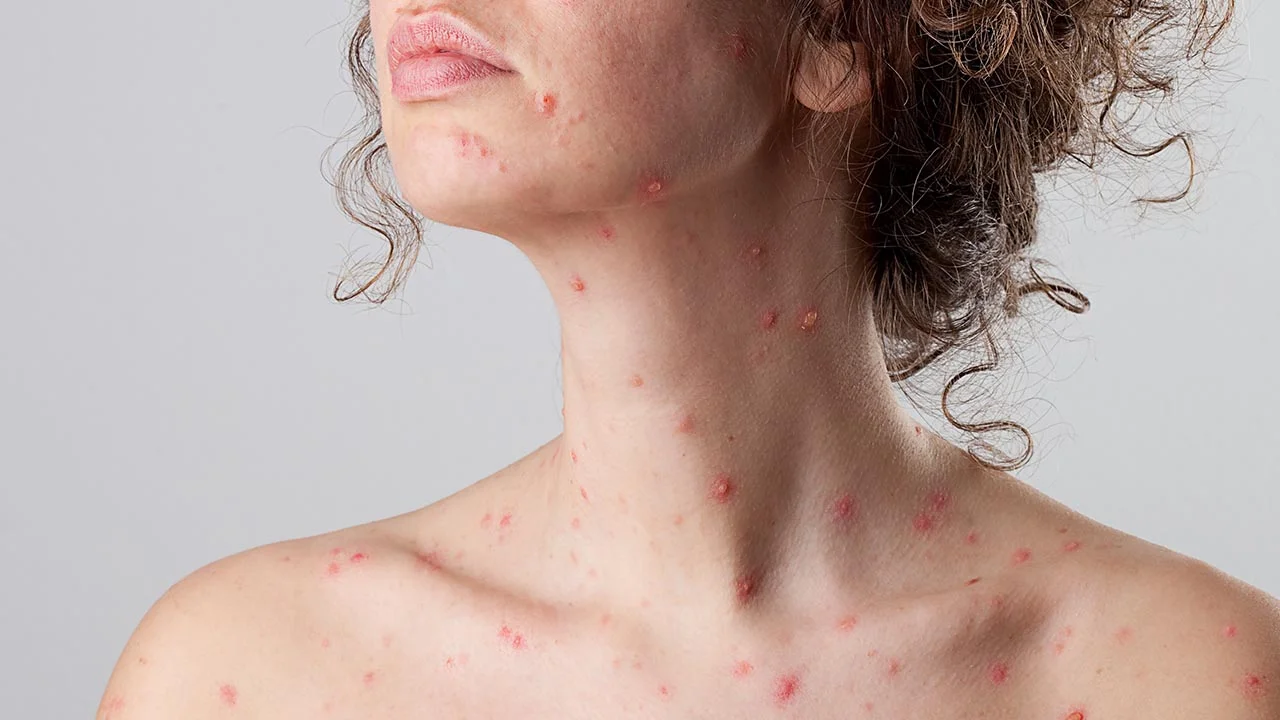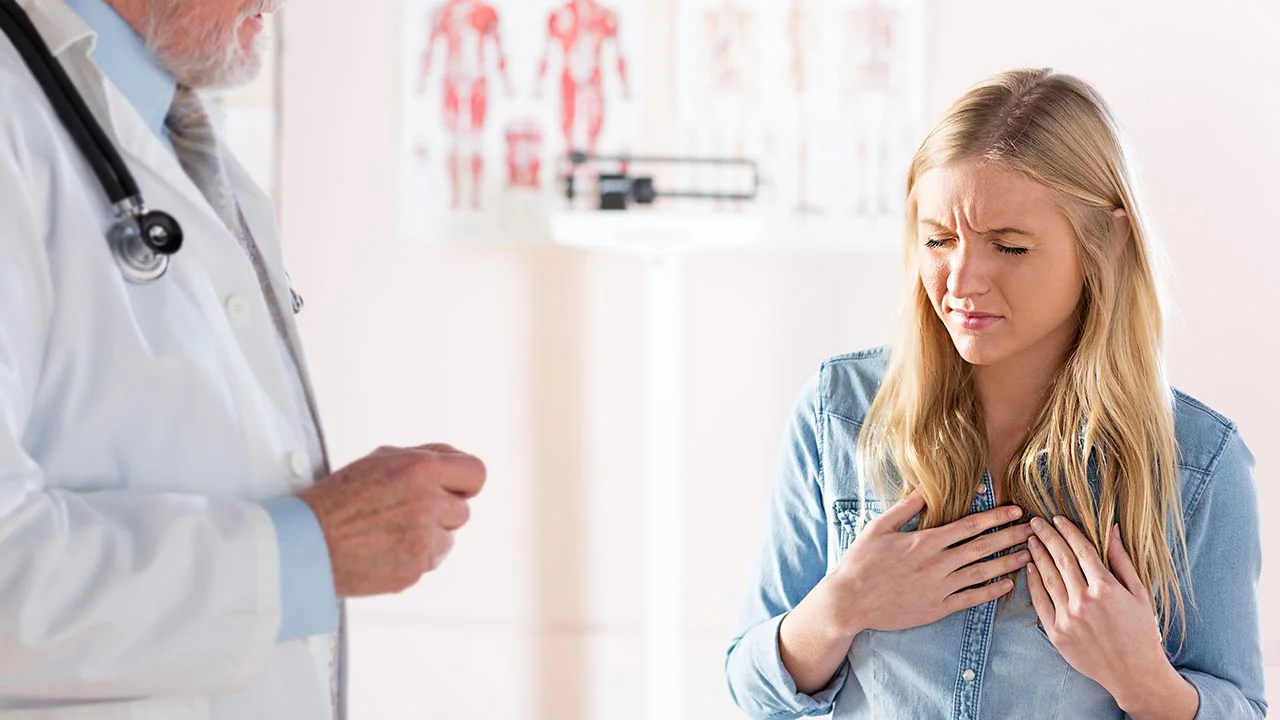The second largest organ in your body, your liver, is sort of a jack of all trades. It can process what you eat and drink into energy, makes cholesterol, stores various vitamins and minerals, removes bilirubin from the blood along with other harmful substances, makes bile to help digest fat, and regulates the composition of blood. This football shaped tireless organ is located on the right side of the body under the rib cage and weighs about 3 pounds. It needs to be treated with tender loving care to keep it healthy and your body running smoothly
But, sometimes things can go wrong with the liver one of them being liver disease. Liver disease is often associated with severe problems due to cirrhosis brought on by chronic alcoholism or the necessity of requiring a liver transplant. The focus here is on another type of liver disease called nonalcoholic fatty liver disease (NAFLD).
NAFLD is the buildup of extra fat or triglycerides in liver cells not caused by alcohol. The liver normally contains some fat but if more than 5-10% of the liver’s weight is fat, it is then called a fatty liver. It can range from simple steatosis which is excessive fat accumulation to steatohepatitis which is liver cell injury and inflammation. When there is excessive dietary fat for the liver to process, it can get overtaxed by the fat accumulation leading to scarring, inflammation, fibrosis, and cirrhosis – the progressive stages of NAFLD.
Who is at risk for NAFLD?
NAFLD is more likely to develop in those who are overweight to obese, have diabetes, high cholesterol or high triglycerides. Individuals who have rapidly lost weight and have poor eating habits are also candidates to develop NAFLD. NAFLD is the most common chronic liver disease in adults in developed countries. In fact, 34% of adults in the United States have NAFLD. There has been a steady rise in NAFLD over the years and it is believed to be due to the progression of obesity. NAFLD is directly associated with and proportional to the degree of obesity, particularly abdominal fat.
What are the symptoms of NAFLD?
Usually there are no symptoms of NAFLD. But if symptoms do occur, they include weakness, fatigue, weight loss, loss of appetite, nausea, abdominal pain, spider-like blood vessels, jaundice or yellowing of the skin or eyes, itching, fluid buildup, and swelling of the legs (edema) and abdomen (ascites), and mental confusion.
Why is NAFLD risky?
The risks of NAFLD include swelling of the liver (steatohepatitis) which over time can cause cirrhosis which could lead to liver cancer or liver failure.
How is NAFLD treated?
There are no specific medications or treatments for NAFLD at this time. The focus is mainly on improving lifestyle behaviors, particularly diet and exercise. The most effective treatment is sustained weight loss. Here are other methods of treating NAFLD – the earlier it is diagnosed and lifestyle changes begun, it may help prevent liver damage from happening or reverse it in the early stages:
· Weight loss is a critical step in reversing the course of NAFLD. A 5% weight loss is believed to improve steatosis while a 10% weight loss is necessary to improve steatohepatitis.
· Reduce calories coming from saturated and total fat. This means stay away from fatty cuts of meat and read food labels looking at the amount of saturated and trans fats within a serving. Many people with NAFLD have lower intakes of the healthy omega-3 fatty acids and should choose foods rich in this type of fat.
· Reduce intake of foods containing excess sugar, particularly sugar-sweetened beverages that contain the simple sugar fructose and high fructose corn syrup.
· Increase physical activity. Physical inactivity leads to decreases insulin sensitivity and increased abdominal fat along with increasing the risk of metabolic syndrome. The recommendation is five times weekly of aerobic exercise of moderate to vigorous intensity lasting at least 30 minutes along with twice weekly resistance training.
· If weight loss is difficult to achieve or maintain, a person may need to consider bariatric surgery if they qualify. Bariatric surgery is one of the most effective strategies to help people who are obese to lose the weight they need to. Studies have shown that weight lost achieved through bariatric surgery did help reduce NAFLD.
In summary
The first line of therapy for anyone with NAFLD is lifestyle changes through diet and exercise. Weight loss, increasing physical activity, reducing sugar intake and consuming a healthier total fat composition all should be used to treat NAFLD on a long-term basis. To prevent it, individuals need to maintain a healthy weight, eat a healthy diet, exercise regularly, and limit alcohol. Sounds simple but they all need to be practiced on a consistent, regular basis in order to prevent and/or treat a condition too many people have and may not even know it.




















